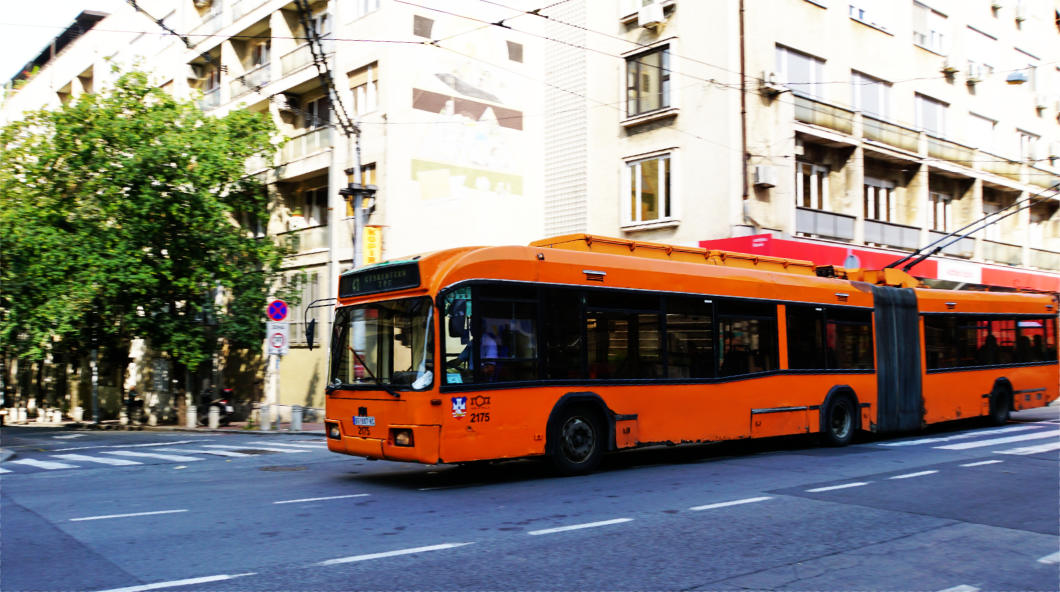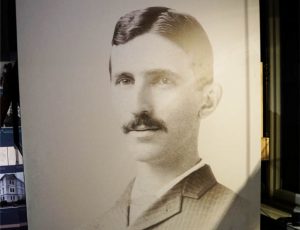On a city trip to Belgrade, or to any other city for that matter, there this one question that comes to mind almost immediately: „How do I get from point A to point B?“
We are going to share our experiences with the public transportation system and taxis in Belgrade, give some tips and tell you what to pay attention to.
Taking a taxi in Belgrade
Hard to believe for me, but in Belgrade taking a taxi is one of the easiest and cheapest ways to get from point A to point B.
Unlike in other European cities, the taxi rates are relatively low and a trip is a lot faster than taking public transport. There are many taxi companies in Belgrade and often times it felt like I was seeing nothing but taxis on the roads of Belgrade.
Every company has its own logo on their cars – almost the only way to spot a taxi in the first place as they all look different. It’s easy to get lost amongst all these different options.
But spotting a blue plate with the city crest and a four-digit number inside the taxi is a sure identifier for one of the official taxis. In addition, taxis have a number plate that starts with BG and ends with TX. Every company seems to have their own price system and just like in other cities here, too, some of them are dodgy.

Our experiences with Naxis Taxi were very good. Guests can pay by credit card and there is free WiFi in the vehicles. Calling a taxi is done over the phone or, for some companies, via the messaging service Viber. WhatsApp use is rare in Serbia. Of course, you can also flag down a taxi on the street. We did not find any taxi ranks where cars stop and wait.
Public transportation in Belgrade: Bus and tram
Usually, I am all for using public transport because it is more eco-friendly than driving around a city in a private car or a taxi. I am not so sure if Belgrade’s public transport is eco-friendly. Some of the buses were very old. They were rattling and on one occasion rain came through the roof into the bus. Many times we saw horribly dark and smelly clouds coming out of the exhausts.

Newer public service vehicles were rare in Belgrade. Some trams are quite interesting to see, that’s how vintage they are.

Both buses and trams were always very busy during our stay. Tickets should be bought in the kiosks at the stops before boarding the bus or tram. Drivers on board sell tickets for higher prices! We opted for a tourist ticket. Those are either valid for 2, 3 or 5 days and are a little bit cheaper.

When getting on one has to place the ticket in front of a small box at the door until a green light flashes. The little box also shows the next stop (the language can be switched to English). Schedules with departure times I didn’t see at any of the stops. Who knows if there even are fixed timetables – but we never had to wait for long.
Through Belgrade on foot
Belgrade is not a small city. Depending on where one‘s accommodation is, trips on foot can take some time. But we still made a lot of trips on foot as most of the „important“ points of interest are relatively close together.
What I liked a lot were the info panels with maps on them that were placed on many streets. Those really helped with navigating. It is important to remember that Serbia is not a member of the EU for visitors who want to use navigation apps on their phones. Data roaming can be quite expensive, depending on the provider. We made use of a Serbian sim card that came with cheap data bundles (Telenor 10 days and 15 GB for 10€, incoming data and calls only).








Leave a Reply